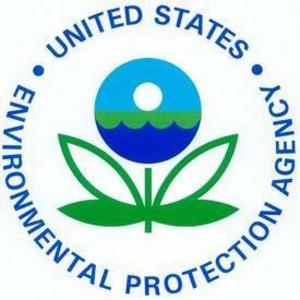EPA revises 2024 cellulosic RVO to 1.1 billion RINs

June 13, 2025
BY Erin Voegele
The U.S. EPA on June 13 released a final rule reducing the 2024 Renewable Fuel Standard renewable volume obligation (RVO) for cellulosic biofuel to 1.01 billion renewable identification numbers (RINs). The rule also revises RFS regulations related to biogas.
Th EPA initially set the 2024 cellulosic RVO at 1.09 billion RINs as part of a rulemaking finalized in July 2023. The agency received a petition from the American Fuel & Petrochemicals Manufacturers in November 2024 seeking a partial waiver of the 2024 cellulosic RVO.
In response to that petition, the EPA in December 2024 issued a rulemaking that proposed to reduce the 2024 cellulosic RVO to 880 million RINs. The rulemaking also proposed extend the RFS compliance reporting deadline for 2024 and revise certain biogas provisions included in RFS regulations. The EPA in March took action on the deadline component of its proposal, issuing a final rule extending the 2024 RFS compliance deadline.
Advertisement
The agency is now taking final action on the partial waiver and biogas provisions of the proposal. While the agency originally proposed to reduce the 2024 cellulosic RVO from 1.09 billion RINs to 880 million RINs, the agency is taking final action to adjust the 2024 cellulosic RVO to 1.01 billion RINs. Due to a surplus in 2024 advanced biofuel and biobased diesel RINs, the EPA is not reducing 2024 RVOs for any other categories of renewable fuels.
Regarding RFS biogas regulations, the final rule includes language clarifying that renewable natural gas (RNG) RIN separators may obtain the measurement of CNG/LNG through documentation. Under previous regulations, measurements of CNG/LNG were to be made using specified GC meters and flow meters, or with an EPA-accepted alternative measurement protocol. The agency has now finalized new regulations that provide an additional option to allow RNG RIN separators to use documentation that establishes the volume of natura gas or renewable CNG/LNG dispenses to satisfy the continuous measurement requirement. Because these statements are typically based on readings from meters that generally comport with the already specified meter standards, EPA said it has concluded this is an appropriate approach for RNG RIN separators to determine the amount of renewable CNG/LNG used as transportation fuel.
Advertisement
Related Stories
While final IRS guidance is still pending, the foundation of the 45Z program is well defined. Clean fuel producers should no longer be waiting; they can now move forward with critical planning and preparation, according to EcoEngineers.
The IRS on July 21 published a notice announcing the 2025 calendar-year inflation adjustment factor for the Section 45Z clen fuel production credit. The resulting adjustment boosts maximum the value of the credit by approximately 6%.
The U.S. Senate on July 23 voted 48 to 47 to confirm the appointment of Aaron Szabo to serve as assistant administrator of the U.S. EPA’s Office of Air and Radiation. Biofuel groups are congratulating him on his appointment.
U.S. Secretary of Agriculture Brooke L. Rollins today announced the reorganization of the USDA, refocusing its core operations to better align with its founding mission of supporting American farming, ranching, and forestry.
The U.S. Department of Energy’s Office of Energy Efficiency and Renewable Energy is soliciting public comments on a preliminary plan for determining provisional emissions rates (PER) for the purposes of the 45Z clean fuel production credit.
Upcoming Events










